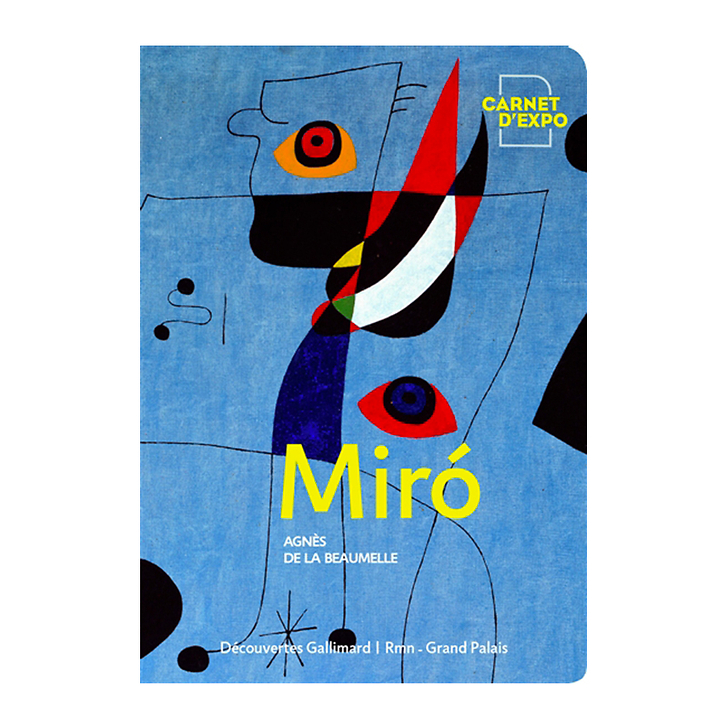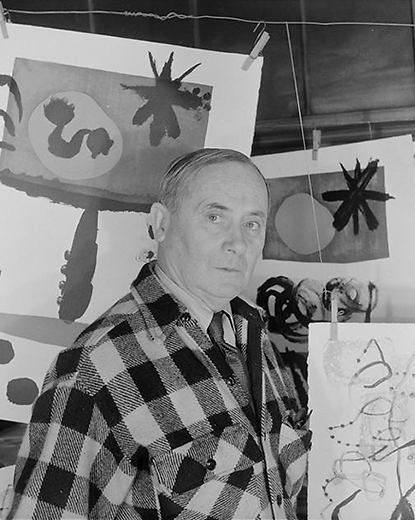Great representative of Surrealism, Joan Miró is a Spanish painter, sculptor, engraver and ceramist. Born in 1893 in Barcelona and died in 1983 in Palma de Mallorca, this artist is strongly attached to his native Spain. His works are thus marked by the themes of the unconscious, onirism and Spain. He began painting at the age of eight. After studying business, he finally decided to study art. He first tried cubism and fauvism, then finally adhered to surrealism. His paintings combine geometric shapes and symbols. The characters he represents show intense joy, or deep sadness. In 1924, Miró signed the Manifesto of Surrealism. Breton thus stated that he was "the most surrealist of us all." Miró also made many sculptures and ceramics at the end of his career.



